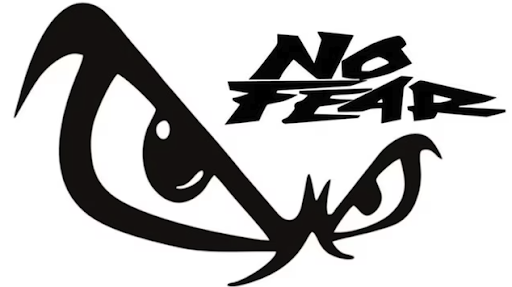No Fear! Really?
/In the early 2000’s “No Fear” was everywhere. It never made sense to me. Courage is more realistic. We only need courage where there is fear.
Courage features in some of my proudest moments, and the ones I’d rather forget. In the proud ones, I stood for something when it was both important, and uncomfortable. Some were small interactions like recognising someone's effort, or extending kindness when someone was doing it tough. Some were much bigger like calling out unacceptable behaviour when few were speaking up. Some had me working hard to change something about myself when I knew it would be better for me and the people around me.
But there have also been times when I held my tongue, not shown support, avoided a necessary but tough conversation, let something substandard (in me, or others) slide, ignored my intuition.
Over years of working with some great leaders and working on myself, I know that courage has a lasting impact on individuals, companies and cultures. When I’ve worked with teams on building Psychological Safety, I see a direct correlation between leader courage and the courage of their team. Courage is contagious and directly impacts Psychological Safety.
“No Fear” = no courage. I’d rather notice fear, explore the cause, and act courageously. How does courage show up in your leadership?

















